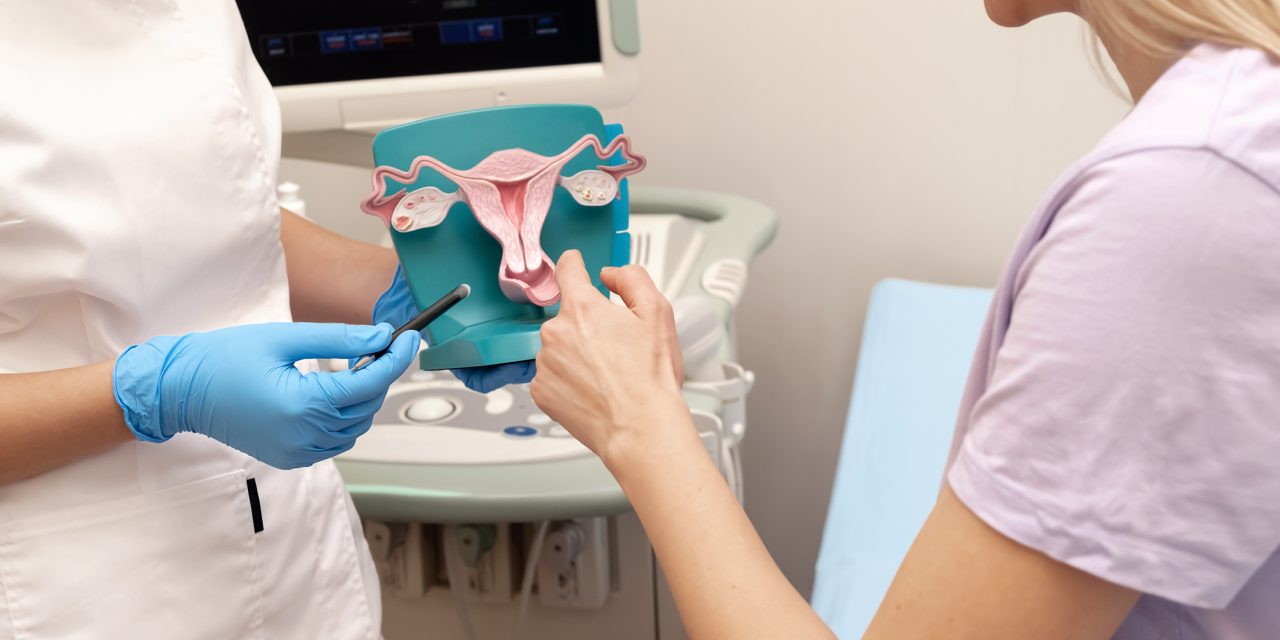Peptide modification is a popular strategy for developing an active targeting lipid nanoparticle (LNP). In modifying the surface of an LNP with a peptide, the sequence and structure of the peptide strongly affects the formation of the LNP. Specifically, a peptide with a high hydrophobicity can induce coarsening and aggregation of the LNP. In an attempt to prevent this from occurring, we incorporated monoacyl and diacyl group-conjugated poly(ethyleneglycol) (PEG) into a LNP. We previously de-veloped an original LNP, a multi-functional envelope type nano-device (MEND) modified with an Epi-1 peptide, a ligand with a high affinity for the epithelial cell adhesion molecule (EpCAM). Using this peptide-modified MEND, the efficiency of delivery of a small interfering RNA (siRNA) en-capsulated in the MEND was significantly improved. Although increasing the ratio of modification enhanced cellular uptake, the increase also induced aggregation of the LNP, particularly in the case of a large scale preparation. Our results indicate that a monoacyl PEG-lipid can prevent aggregation, even when the LNP is modified with higher molar ratios of peptide but that this also results in a decrease in delivery efficiency. Moreover, the Epi-1 modified MEND exhibited a strong silencing effect in an ovarian cancer peritoneal dissemination model. Our results suggest that the simple in-corporation of a monoacyl derivative into the PEG-lipid resulted in the formation of a pep-tide-modified LNP with improved characteristics.
Improved stability of siRNA-loaded lipid nanoparticles prepared with a PEG-monoacyl fatty acid facilitates ligand-mediated siRNA delivery.


